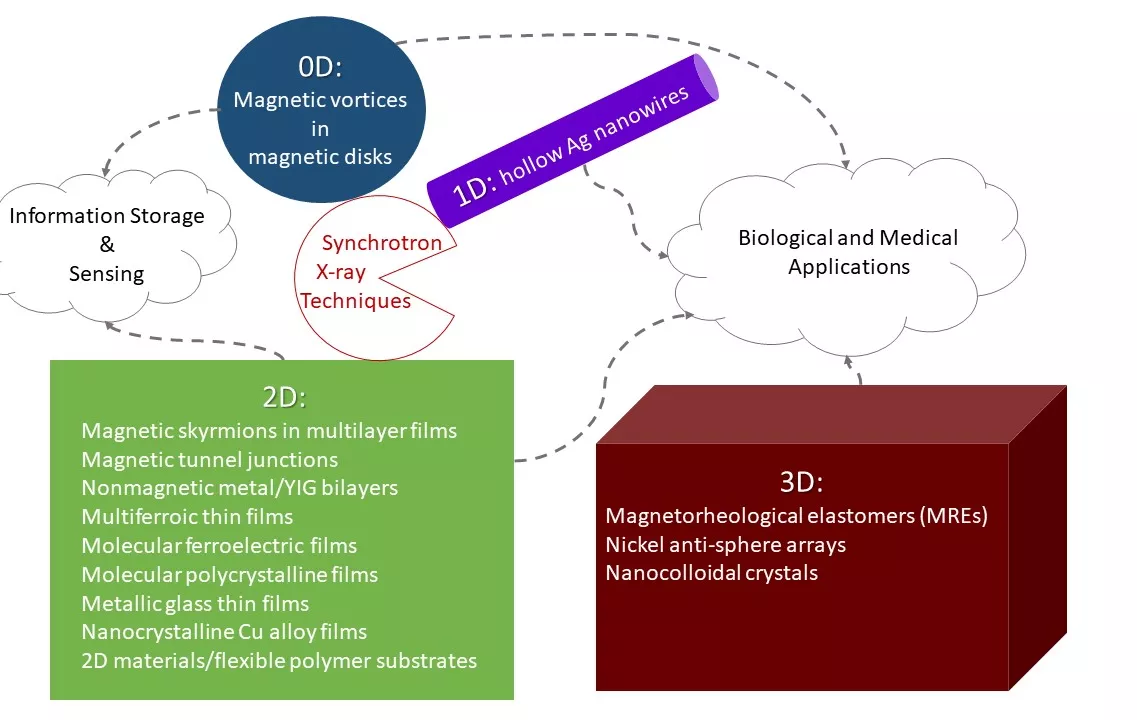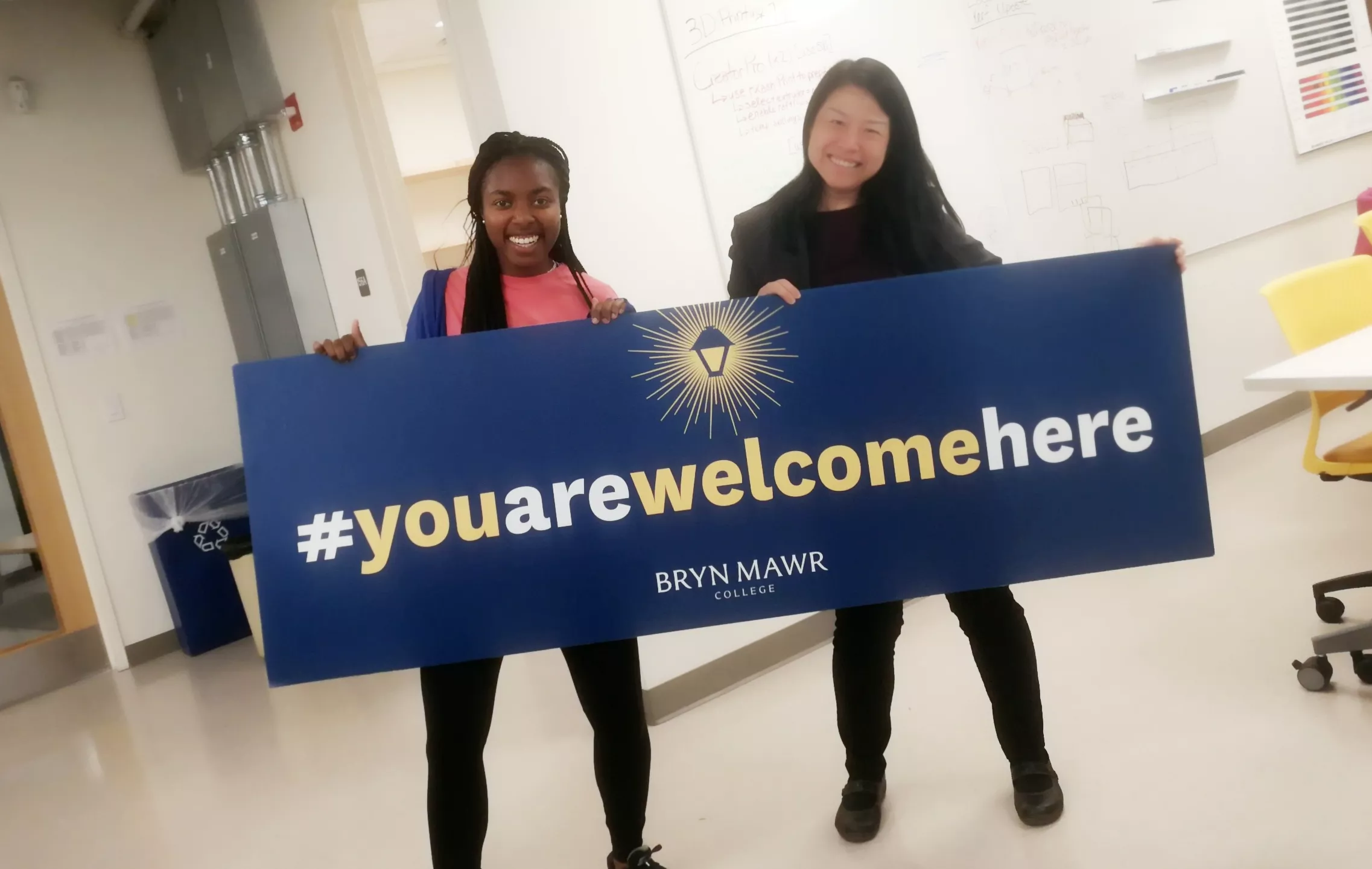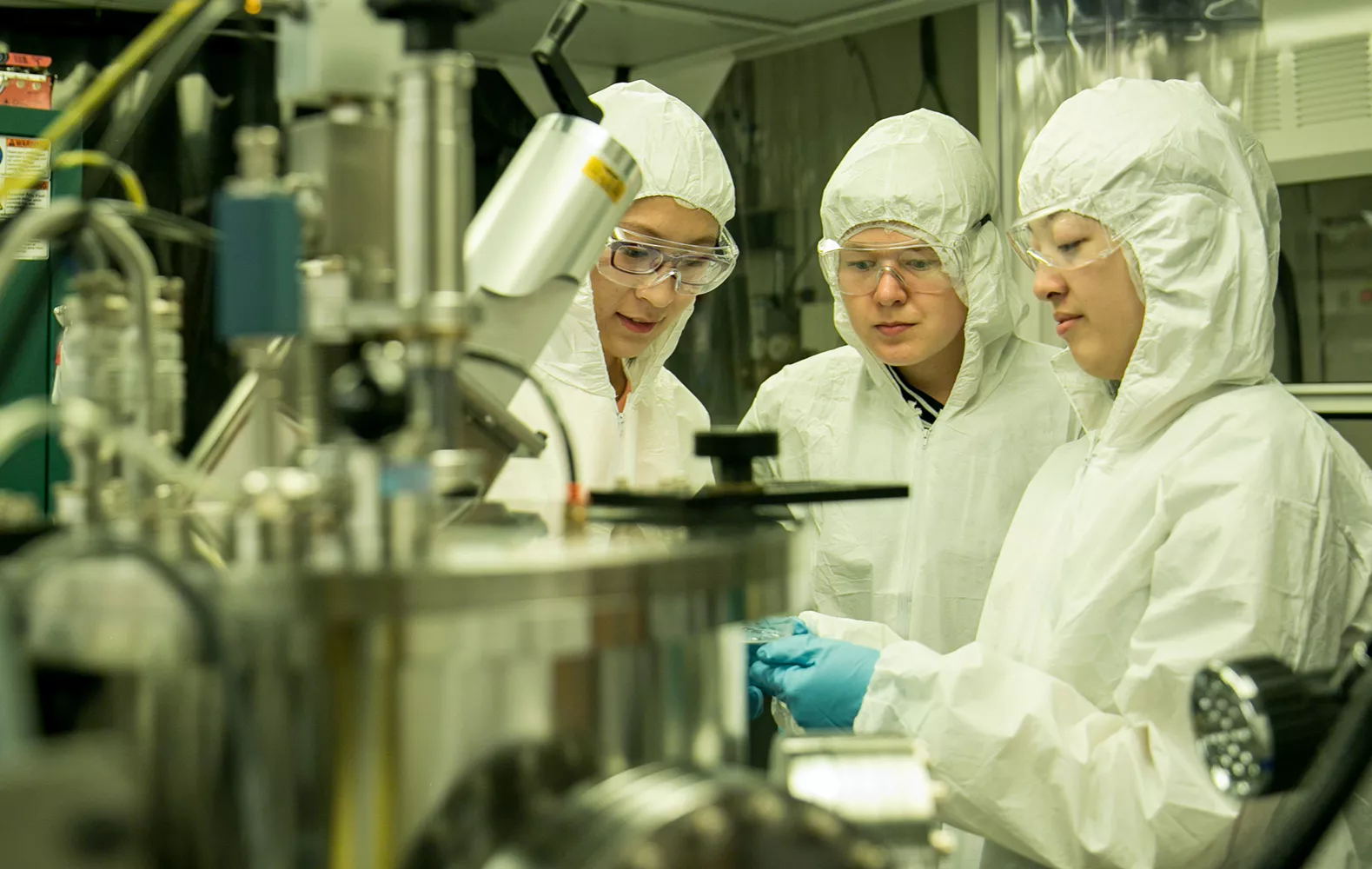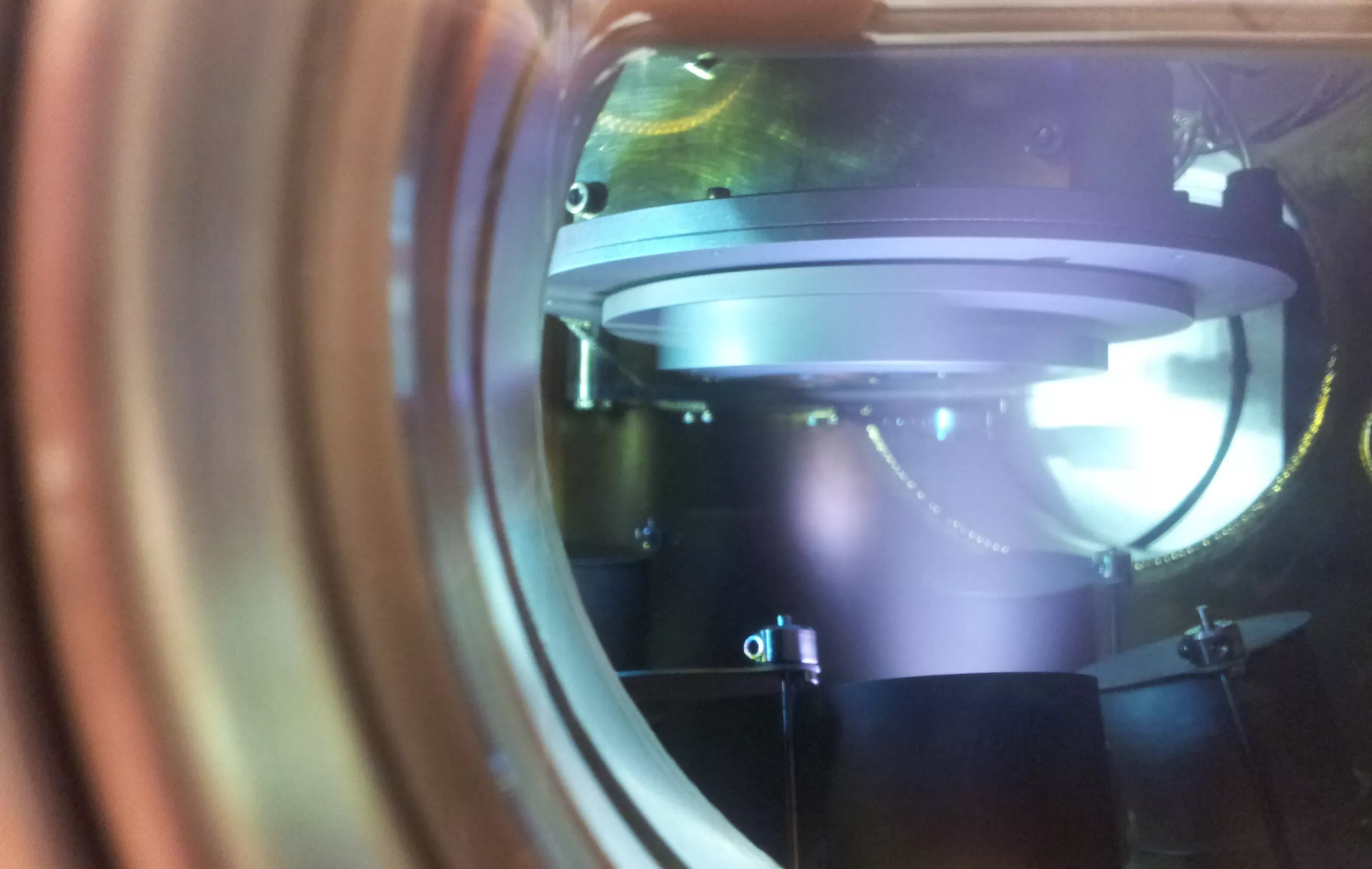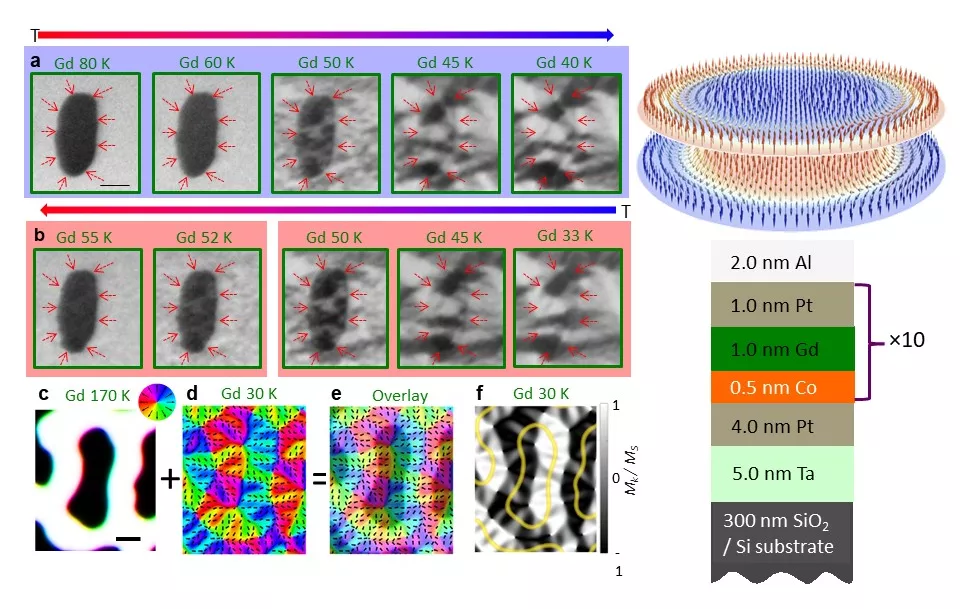Nanomaterials and Spintronics Laboratory
People Facilities Publications Research Experience
The Nanomaterials and Spintronics Laboratory at Bryn Mawr College is directed by Prof. Xuemei May Cheng in the Physics Department.
We are always excited to welcome motivated undergraduate and graduate students who are passionate about exploring cutting-edge research in nanomaterials and quantum sensing to join our group. To learn more, please contact Professor Cheng (xcheng@brynmawr.edu).
Nanostructured materials are materials with one or more dimensions at the nanoscale (10-7-10-9 meters). Examples of nanostructured materials include 2-dimensional ultrathin films, 1-dimensional nanowires, 0-dimensional nanodots, and more complex structures that could have a combination of these characteristics. Nanostructured materials often exhibit new and enhanced properties over their bulk counterparts, so they not only offer ideal material systems for exploring fundamental physics, but also hold promise for applications in data storage and sensing, energy generation and storage, and biomedical engineering. The discovery of the giant magnetoresistance (GMR) effect in nanostructured layered composite (2007 Nobel Prize in Physics) is a great example.
One attractive research area in nanoscience that is of interest to our group is Spintronics. We seek to explore the interplay between the electron charge and the electron spin, as well as its associated magnetic moment, to create novel electronics. Spintronic devices, combining the advantages of magnetic materials and semiconductors, are expected to be stable, fast, and energy-efficient. Such devices could contribute to the development of quantum computers and quantum communication, thus dramatically changing the information technology of the future.
Nanomagnetic materials for biological and biomedical applications is the new area of research focus we have developed since 2016, supported by an NSF-funded Center for Engineering MechanoBiology. The advancement in the fabrication of composite magnetic materials has provided innovative approaches to mimic biophysical mechanical cues and regulators of cells in vitro.
Prof. Cheng and a team led by her recently won a $5 Million National Science Foundation Grant for the QMSEC Center (Quantum Materials, Sensing and Education Center) at Bryn Mawr College . The team includes four other Bryn Mawr researchers and educators (Mike Noel, Evan Arena, Brian Andrews, Adam Poliak) as well as collaborators from Johns Hopkins University (Tyrel McQueen and Satya Kushwaha), Colorado State University (Kristen S. Buchanan), University of Pennsylvania (Lee Bassett), and Ursinus College (Thomas Carroll). The Center will integrate resources from higher education, an existing NSF-funded quantum center at the Johns Hopkins University, national labs (Brookhaven National Lab, Argonne National Lab, and Lawrence Berkeley National Lab), and industry (IBM and GSK) to advance research in quantum materials and quantum sensing and to transform education and workforce development.
The Nanomaterials and Spintronics Laboratory is well-resourced with support from the College and multiple grants of over $6.5M from the National Science Foundation (NSF), including an NSF CAREER award, multiple NSF MRI grants, and an NSF ExpandQISE Track 2 grant. The facilities enable the fabrication, characterization, and modeling of nanostructured materials. In our lab, undergraduates and graduate students collaborate as dynamic partners in research and often participate as co-authors of the group publications.
